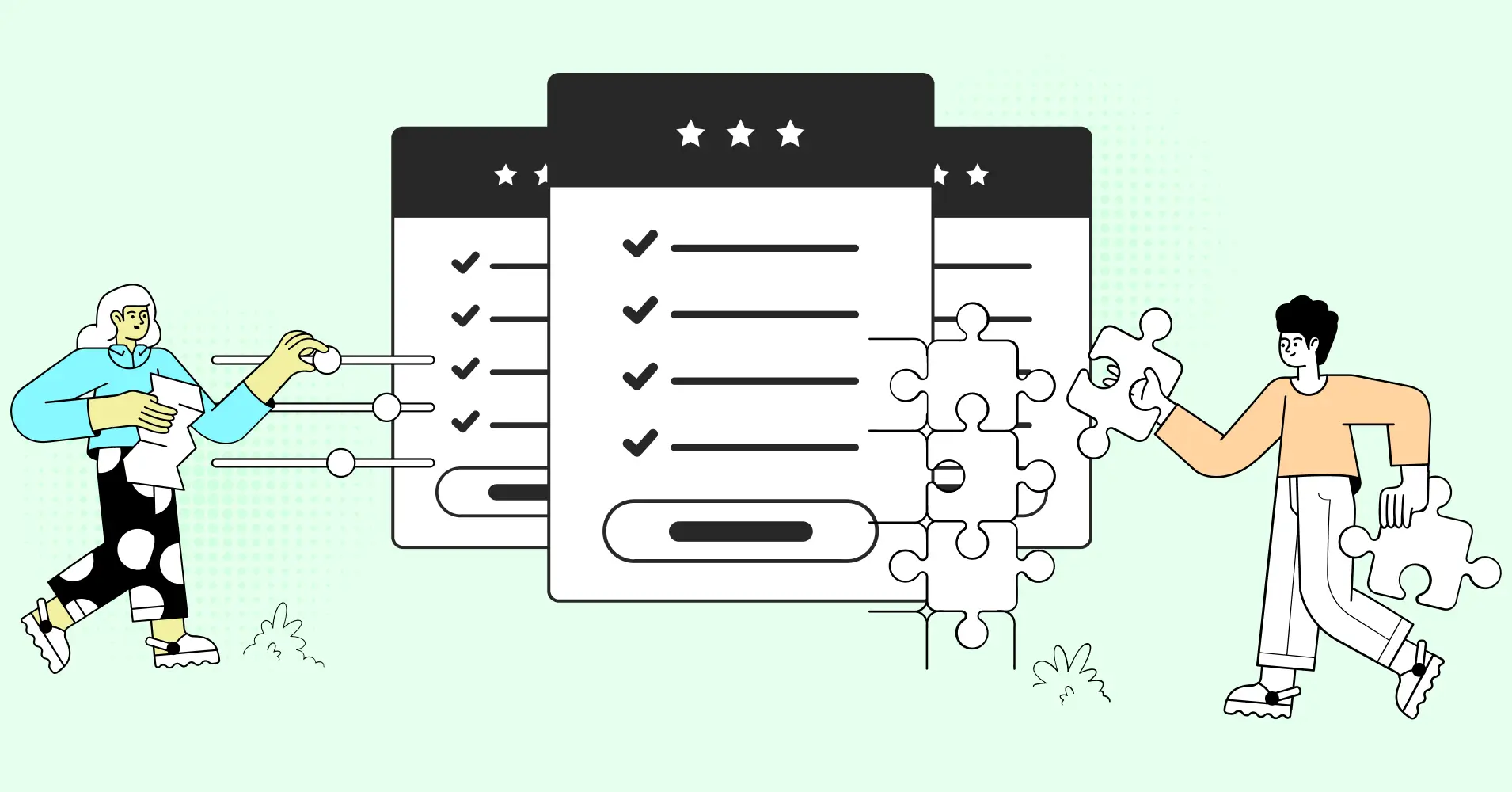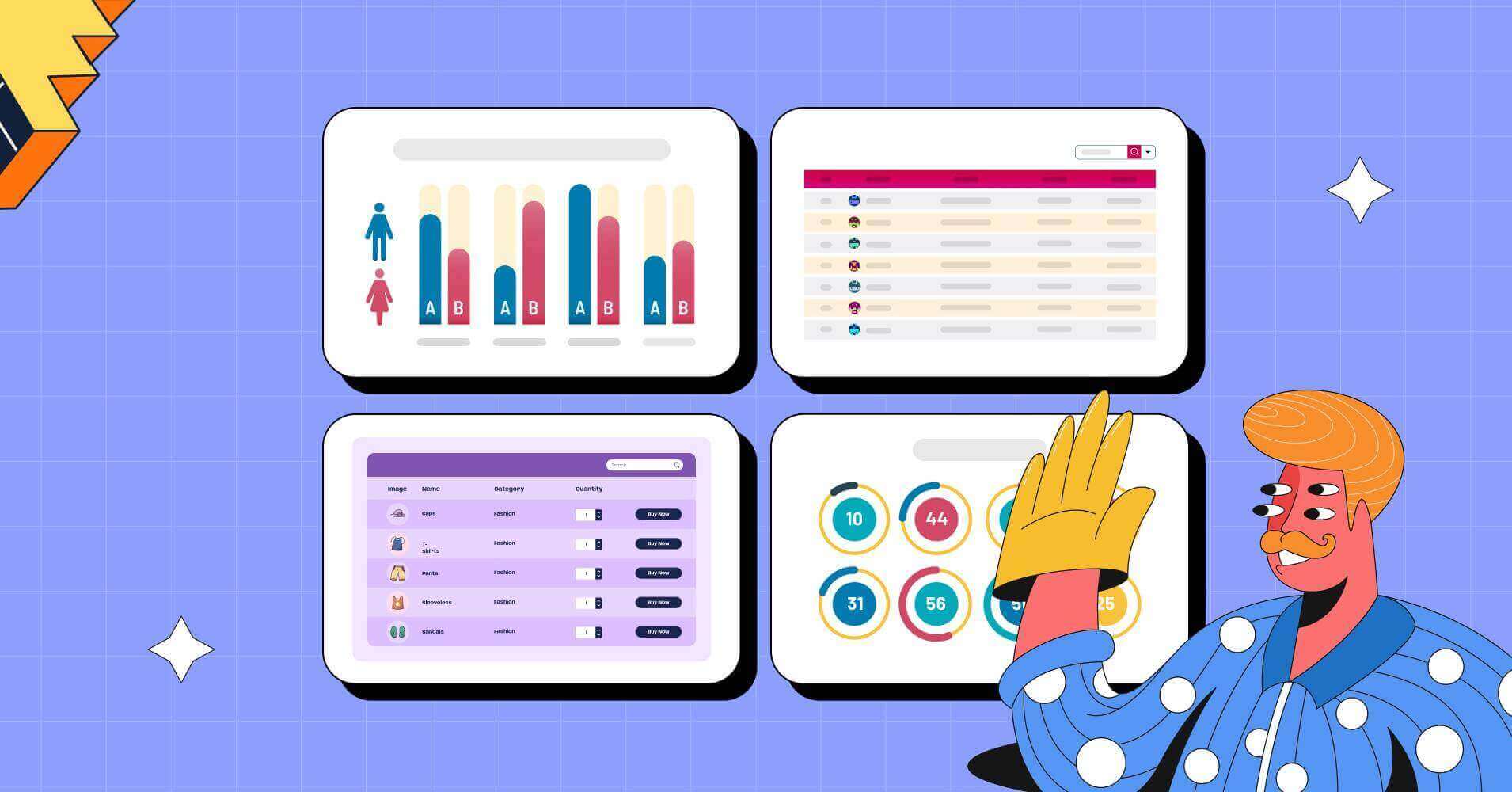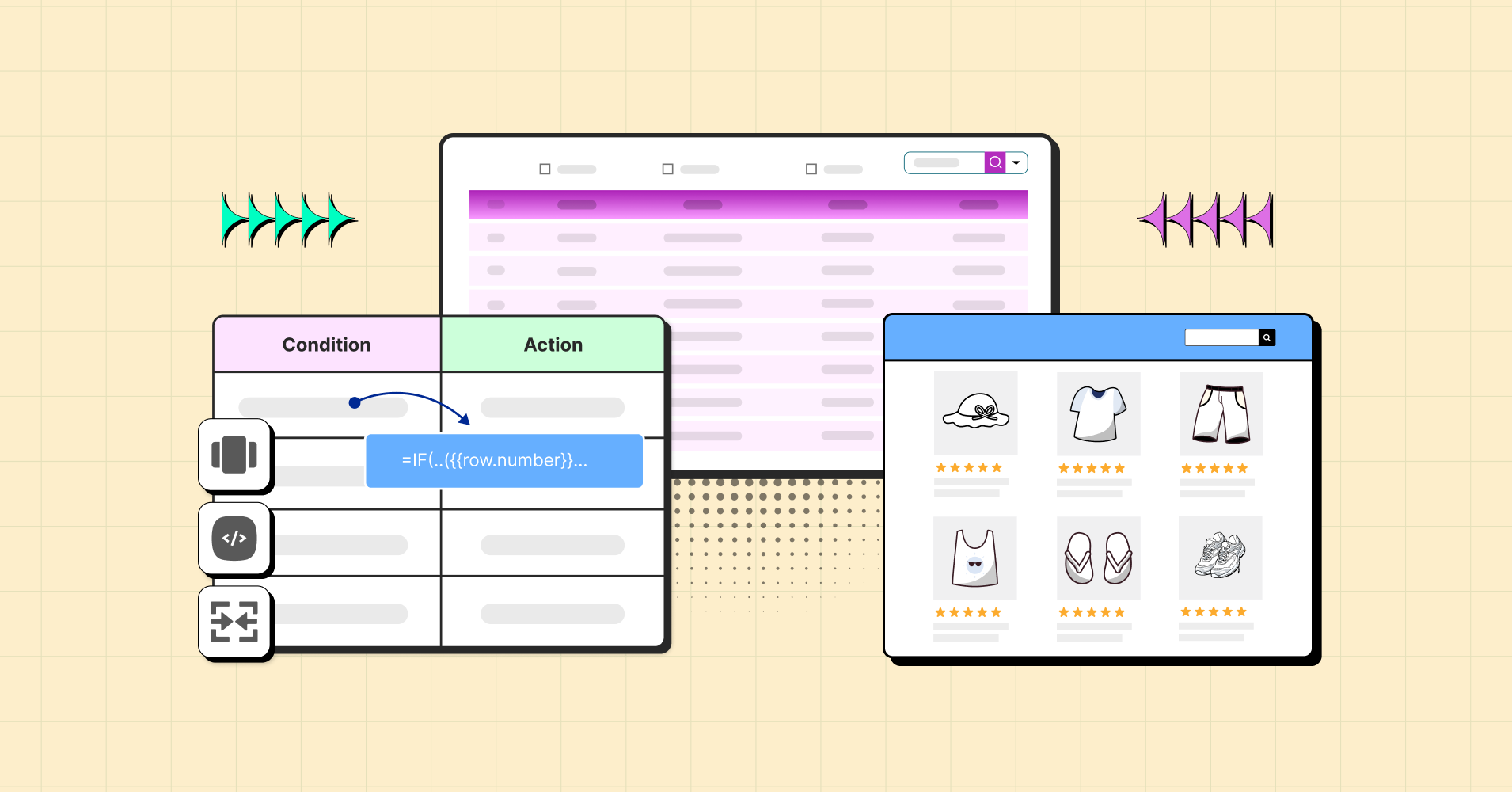What is the Digital Marketing Strategy that Tracks Users Across the Web?

Ever feel like your digital ads are just… missing the mark? You’re not alone.
A friend recently asked me: “We’re spending money on ads, but nothing’s sticking. How do we fix this?”
Turns out, 79% of marketers swear by targeted ads for winning customers. But here’s the kicker: targeting only works if you know where your audience hangs out online.
The secret? A strategy called cross-web user tracking.
Before you panic—no, this isn’t about spying. It’s about smartly understanding your audience’s habits (what they read, click, and love) to serve ads that help instead of annoying.
In this post, I’ll show you how to use this strategy to:
- Boost your ROI with laser-focused ads
- Respect user privacy (no shady tactics!)
- Turn random clicks into loyal customers
Let’s break down the ethical, results-driven way to make your marketing work smarter, not harder.
What is a digital marketing strategy?
A digital marketing strategy is your roadmap to online success. It outlines how you’ll use online channels and tactics to achieve specific marketing goals—like reaching your target audience, building brand awareness, generating leads, and driving sales.
It is a plan outlining how to use online channels (social media, SEO, PPC, email, etc.) to achieve specific goals like increased brand awareness, lead generation, and sales.
A strong strategy includes:
- Defining your target audience: Understanding who you’re trying to reach.
- Setting SMART goals: Specific, Measurable, Achievable, Relevant, and Time-bound objectives.
- Choosing the right channels: Focusing on where your audience is.
- Creating compelling content: Engaging material that resonates with your audience.
- Tracking and analyzing results: Monitoring key metrics to optimize your approach.
- Tracks users across the web: The final and most important part of digital marketing strategy. Business sustainability and future depend on tracking users across the web.
Without a clear strategy, your online marketing efforts will be scattered and ineffective. It provides direction and focus for achieving your digital goals. Now, let’s explore how cross-web user tracking enhances this strategy.
What is the Digital Marketing Strategy that Tracks Users Across the Web?
Now, Let’s see a powerful technique that enhances the effectiveness of digital marketing: cross-web user tracking. It’s not invading privacy; it’s understanding online behavior to deliver the right message to the right person at the right time.
In this section, we’ll explore the digital marketing strategies that make this possible, examining both the benefits and the ethical considerations involved in tracking users across the web.
We’ll uncover how this seemingly simple act of observation can dramatically improve campaign performance and boost your return on investment. Let’s uncover the methods and technologies behind this crucial aspect of modern digital marketing.
Keyword Research
Want your ads to follow the right people? Start here.
Keyword research reveals what your audience types into Google. Tools like Google Keyword Planner, SEMrush, and Ahrefs help you find:
- High-demand keywords (what people want)
- Low-competition gaps (where you win)
This isn’t just word-hunting—it’s about matching user intent so your tracking targets people ready to buy. Skip this, and you’ll chase ghosts. Nail it, and your ads stick like glue.
No keyword magic = wasted tracking efforts.
By understanding these keywords, you can target your ads and content to reach users actively searching for what you offer and the SWOT(Strength, Weakness, Opportunity, Threat). This ensures your tracking efforts aren’t wasted.
Cross-Web User Tracking
Cross-web user tracking involves monitoring a user’s online behavior across multiple websites and platforms. This process helps marketers build a detailed understanding of a user’s interests, preferences, and purchase intent.
With this insight, you can create highly targeted and personalized advertising and content. The data gathered through tracking enables you to deliver more relevant and engaging experiences, ultimately driving higher conversions.
This is the heart of retargeting—the core of user tracking. Think of it as following a user’s digital footprint. And the best part? There are plenty of tools available to help you visualize and track your journey seamlessly.
| Tool | Primary Function | Data Collected | Integration Capabilities | Privacy Features/Considerations | Best Use Cases | Strengths | Weaknesses |
|---|---|---|---|---|---|---|---|
| Google Analytics 4 (GA4) | Website & App analytics, cross-domain tracking | Website traffic, user behavior, conversions, demographics | Extensive integrations with other Google services | Requires clear cookie consent, data anonymization options available | Website traffic analysis, conversion tracking, user behavior | Comprehensive data, free for basic usage | Can be complex to set up and interpret |
| Google Tag Manager (GTM) | Tag management system, simplifies tag implementation and management | Not data collection itself, but manages tags for data collection | Integrates with various marketing and analytics platforms | Dependent on the privacy settings of the individual tags | Streamlining tag implementation, reducing errors | Efficient tag management, improved workflow | Requires technical understanding |
| Microsoft Clarity | Free website analytics tool | User behavior on websites (scroll depth, clicks, heatmaps) | Integrates with other Microsoft services | Subject to Microsoft's data privacy policies | Website usability testing, user behavior analysis | Free, easy to use, provides visual data | Limited advanced features compared to paid tools |
| Mixpanel | User behavior analytics, event tracking | User actions, session data, conversions, user attributes | Many integrations with other marketing and analytics tools | Data privacy controls, user consent management | App analytics, user journey mapping, feature usage tracking | Real-time data, powerful segmentation capabilities | Can be expensive for larger datasets |
| Jetpack | WordPress plugin suite, includes site stats | Website traffic, user engagement metrics (basic) | Integrates with other WordPress plugins | Depends on the specific modules used and WordPress privacy settings | Website traffic monitoring, basic analytics for WordPress sites | Easy to use for WordPress users | Limited features compared to dedicated analytics platforms |
| HubSpot | Marketing automation, CRM, analytics | Website activity, email engagement, CRM data | All HubSpot tools, various third-party integrations | GDPR compliant, offers various privacy controls | Marketing automation, lead nurturing, sales tracking | Integrated platform, comprehensive feature set | Can be expensive, extensive learning curve |
| Hotjar | Session recording, heatmaps, feedback tools | User behavior on websites (scroll depth, clicks, etc.) | Integrates with various analytics platforms | User consent management features | Website usability testing, user behavior analysis | Visual insights into user behavior, easy to use | Can be expensive for larger websites, limited data depth |
| Segment | Customer data platform (CDP), unifying data from various sources | User attributes, events, behaviors across multiple platforms | Integrates with numerous marketing and analytics tools | Focus on data privacy and compliance, customizable settings | Creating a single customer view, personalized marketing | Unified customer profiles, flexible data infrastructure | Can be complex to set up and require technical expertise |
| Ahrefs | SEO tool, backlink analysis | Backlinks, keyword rankings, website traffic data (indirectly) | API access for integration with custom tools | Data privacy considerations related to collected data | SEO research and analysis | Comprehensive SEO data, powerful features | Expensive subscription |
| Facebook Pixel | Tracking user behavior on websites, enables retargeting on Facebook & Instagram | Website visits, conversions, custom events | Integrates with Facebook Ads Manager | Subject to Facebook's data privacy policies | Retargeting on Facebook, website conversion tracking | Powerful retargeting capabilities, deep Facebook integration | Data privacy concerns related to Facebook's data practices |
| Google Ads | Paid advertising platform, remarketing capabilities | User behavior on Google Display Network and Search | Integrates with Google Analytics | Subject to Google's data privacy policies | Retargeting campaigns, search advertising | Large reach, sophisticated targeting options | Can be expensive, requires ad expertise |
| Semrush | SEO and marketing tool suite | Keyword rankings, backlink analysis, website traffic data (indirectly) | API access for integration with custom tools | Data privacy considerations related to collected data | SEO research, competitor analysis, keyword research | Comprehensive features, strong competitor analysis capabilities | Expensive subscription |
Retargeting (Remarketing)
This is a cornerstone of cross-browser tracking. It involves showing ads to users who have previously interacted with your website or online content.
For example, if a user adds an item to their shopping cart but doesn’t complete the purchase, retargeting ads can remind them of the abandoned item, encouraging them to return and finalize the transaction.
Retargeting re-engages users who’ve shown interest. Choose the strategy that best fits your goals:
- Site Retargeting: Targets website visitors with follow-up messages (abandoned carts, incomplete forms).
- Engagement Retargeting: Targets users based on specific actions (time spent, downloads) for deeper engagement.
- Impression Retargeting: Targets users who saw but didn’t click your ads, expanding reach.
- Listen/View Retargeting: Tracks audio/video consumption to tailor messaging based on engagement level.
- Click Retargeting: Targets ad clickers with strong CTAs, often excluding converters.
Channels & Use: Primarily used with display and native ads for conversions, but adaptable to other channels (CTV, audio) and for building brand loyalty.
Community Engagement (Indirect Tracking)
While not direct user tracking in the same way as cookies, community engagement on platforms like social media provides valuable data.
Analyzing user interactions, comments, and shares provides insights into audience preferences, which can inform your targeting and content strategy. This indirect form of tracking helps refine your understanding of your audience’s needs and interests.
Polls and surveys
Polls and surveys can be a good way to track users. It can help understand how people think about your brand and their motivations, pain points, and buying behaviors.
It’s one of the most effective ways to know user choices and track the decisions, comments, and perspectives.
Cookies (and Alternatives)
Traditionally, cookies were the primary method for tracking users across the web. However, due to increasing privacy concerns and regulations (like GDPR and CCPA), their use is being restricted.
Alternatives include:
- Server-Side Tracking: This method processes user data on the advertiser’s server, offering greater privacy and control.
- Cohort-Based Targeting/Privacy Sandbox (replacing FLoC): This groups users with similar interests without directly identifying them. It focuses on privacy-preserving methods of grouping similar audiences for targeted advertising.
Contextual Advertising
This approach targets ads based on the content of the website a user is viewing, rather than their individual browsing history.
While not strictly user tracking, it leverages user context to improve relevance and reduce reliance on individual tracking.
Increased ROI (Return on Investment)
The primary benefit of cross-web user tracking is a significant increase in ROI. By precisely targeting users who have already shown interest in your products or services, you reduce wasted ad spend and maximize the effectiveness of your campaigns.
Instead of casting a wide net, you’re focusing your resources on the most likely prospects, translating to higher conversion rates and a better return on your marketing investment.
Future of User Tracking
The future likely involves a shift towards privacy-centric methods. Expect further advancements in techniques like federated learning and differential privacy, enabling targeted advertising while preserving user anonymity and data security.
AI and Predictive Modeling
Artificial intelligence (AI) and machine learning (ML) play a critical role in analyzing vast amounts of user data to predict future behavior and personalize marketing messages. AI enhances the efficiency and accuracy of cross-web user tracking.
Privacy-First Tracking Solutions
Ethical concerns and regulations are pushing the industry toward privacy-preserving tracking solutions. This includes using techniques that minimize data collection and ensure transparency with users.
The focus is on building trust and respecting user privacy while still achieving effective marketing outcomes. This is an ongoing evolution and will require continuous adaptation by marketers.
Get Exclusive Tips, Updates, and Inspirations in Your Inbox!
Ways To Build Effective Digital Marketing Strategies for User Tracking
Now that we’ve explored the mechanics of cross-web user tracking, let’s examine how to integrate these techniques into your overall digital marketing strategy effectively. Remember, user tracking is just one piece of the puzzle.
Businesses today need to understand the importance of digital marketing strategies to stay competitive and reach their target audience effectively.
To truly maximize its benefits, you need a holistic approach that combines data-driven insights with ethical considerations and focuses on providing value to your audience.
In this section, we’ll outline practical steps to build effective strategies that leverage user tracking responsibly and ethically, ultimately leading to stronger customer relationships and improved business outcomes.
Develop an Online Presence with a User-Friendly Website
Before you even think about tracking users, you need a website that’s worth tracking. Your website is your digital storefront. It needs to be user-friendly, visually appealing, mobile-responsive, and easy to navigate.
A poor user experience will drive users away before you can even collect any data. Focus on clear calls to action, fast loading speeds, and intuitive design.
This creates a positive first impression and encourages users to engage further, making your tracking efforts far more valuable.
Intent-Based Keyword Optimization (SEO)
Effective keyword research, as discussed earlier, is crucial. But it’s not enough to just identify keywords; you need to understand user intent.
Are they looking for information, comparing prices, or ready to buy?
Tailoring your content and website structure to match these search intents allows you to attract the most relevant users, making your tracking data more meaningful and actionable.
This targeted approach improves organic search ranking and brings in qualified leads.
Create Buyer Personas
Go beyond simple demographics. Develop detailed buyer personas that represent your ideal customers. These personas should include their goals, challenges, online behavior, and preferred communication channels.
This deep understanding of your target audience informs your entire marketing strategy, from content creation to ad targeting, maximizing the value you extract from user tracking data.
User tracking data can then be used to refine and validate these personas over time.
Customized Marketing Experiences
This is where user tracking truly shines. By analyzing user data, you can personalize the user experience on your website and in your marketing communications.
This might involve showing targeted product recommendations, offering personalized discounts, or delivering tailored content based on their interests.
The more you understand your users, the more effectively you can cater to their needs, increasing engagement and conversions.
Targeted Advertising Campaigns
Combine your user data with precise targeting options offered by advertising platforms like Google Ads and social media networks.
Focus on retargeting campaigns to reconnect with users who have shown prior interest in your products or services.
Use behavioral data to segment your audience and create highly relevant ad creatives that resonate with each segment’s specific needs and preferences.
This ensures your advertising budget is spent efficiently, reaching only the most likely prospects.
Frequently Asked Question
1. What digital marketing strategy tracks users across the web?
Retargeting (or remarketing) is the digital marketing strategy that tracks users across the web. This technique uses cookies and tracking pixels to follow users who previously interacted with your website, app, or content.
By displaying tailored ads to these users as they browse other platforms, retargeting keeps your brand visible and encourages return visits.
Behavioral targeting enhances this strategy by analyzing user behavior to deliver hyper-personalized ads. Together, these methods ensure your campaigns reach engaged audiences, boosting conversion rates and ROI.
2. What is the digital marketing strategy that tracks users across the web: content marketing, YouTube videos, native ads, retargeting?
The answer is retargeting. While content marketing, YouTube videos, and native ads help build brand awareness, retargeting explicitly tracks users across the web to re-engage them after they leave your site.
For example:
- Retargeting uses cookies to follow users and serve ads on platforms like Google Display Network or social media.
- Other strategies (e.g., YouTube videos) may collect data but lack the precision of retargeting.
This makes retargeting the most direct method for converting past visitors into customers.
3. What is the digital marketing strategy?
A digital marketing strategy is a roadmap for achieving business goals using online channels. It includes tactics like tracking users across the web (via retargeting), SEO, social media, and email marketing. Key components:
- Goal Setting: Define objectives (e.g., 30% lead growth in 6 months).
- Audience Research: Identify demographics, interests, and behaviors.
- Channel Selection: Choose platforms where your audience is active.
- Content Creation: Develop engaging blogs, videos, or ads.
- Performance Tracking: Use analytics to refine campaigns.
Retargeting often plays a critical role in this strategy by re-engaging high-intent users.
4. What is a 5-step digital marketing strategy?
A 5-step digital marketing strategy ensures structured, results-driven campaigns:
- Set SMART Goals: Example: “Increase sales by 25% via retargeting ads in Q4.”
- Analyze Your Audience: Use tools like Google Analytics to study behavior and preferences.
- Pick Channels: Combine SEO, paid ads, and retargeting to track users across the web.
- Create Quality Content: Align content with audience needs (e.g., tutorials for engaged users).
- Optimize Continuously: Test ad creatives, keywords, and CTAs to improve performance.
Retargeting fits into steps 3 and 5 by keeping your brand top-of-mind for potential buyers.
5. What is the basic digital strategy?
A basic digital strategy focuses on core principles to drive online success:
- Audience Insight: Understand who your customers are and where they spend time online.
- Clear Goals: Prioritize objectives like increasing traffic or sales.
- Channel Selection: Use cost-effective methods like SEO and retargeting to track and re-engage users.
- Content Relevance: Deliver value through blogs, videos, or emails.
- Data-Driven Adjustments: Monitor metrics (e.g., bounce rates, conversions) to refine tactics.
Retargeting strengthens this strategy by converting lost visitors into loyal customers.
6. What is SEO in digital marketing?
SEO (Search Engine Optimization) improves your website’s visibility in organic search results. While it doesn’t directly track users across the web like retargeting, it complements paid strategies by:
- Keyword Optimization: Targeting phrases your audience searches for.
- Technical SEO: Enhancing site speed, mobile-friendliness, and security.
- Content Quality: Publishing authoritative, user-focused content.
- Link Building: Earning backlinks to boost domain authority.
High SEO rankings drive organic traffic, which can later be retargeted for higher conversion efficiency.
Final Verdict
This guide has explored the strategies and technologies that allow for responsible user tracking, highlighting the importance of a holistic approach.
By combining a user-centric website design, targeted keyword optimization, detailed buyer personas, personalized marketing experiences, and well-executed targeted advertising campaigns, businesses can build powerful digital marketing strategies that deliver significant returns while upholding ethical standards.
Remember, the key lies in striking a balance between leveraging data for enhanced marketing effectiveness and respecting user privacy.
The future of digital marketing is one where personalized experiences and responsible data handling go hand-in-hand.
Embrace the power of data, but always prioritize ethical considerations and user trust. That’s the winning formula for lasting success in the ever-evolving digital world.

Ninja Tables– Easiest Table Plugin in WordPress
Get special discount on the best table plugin made for you!






Add your first comment to this post